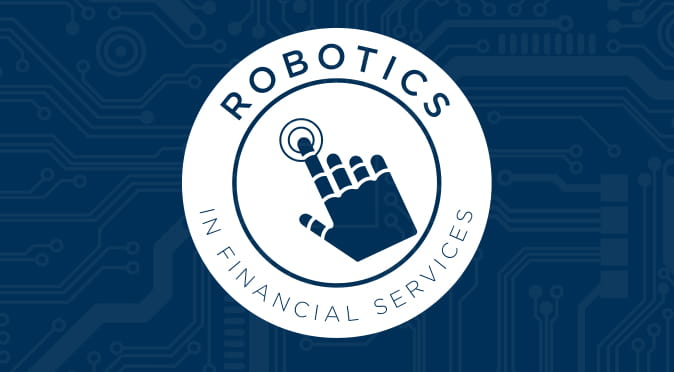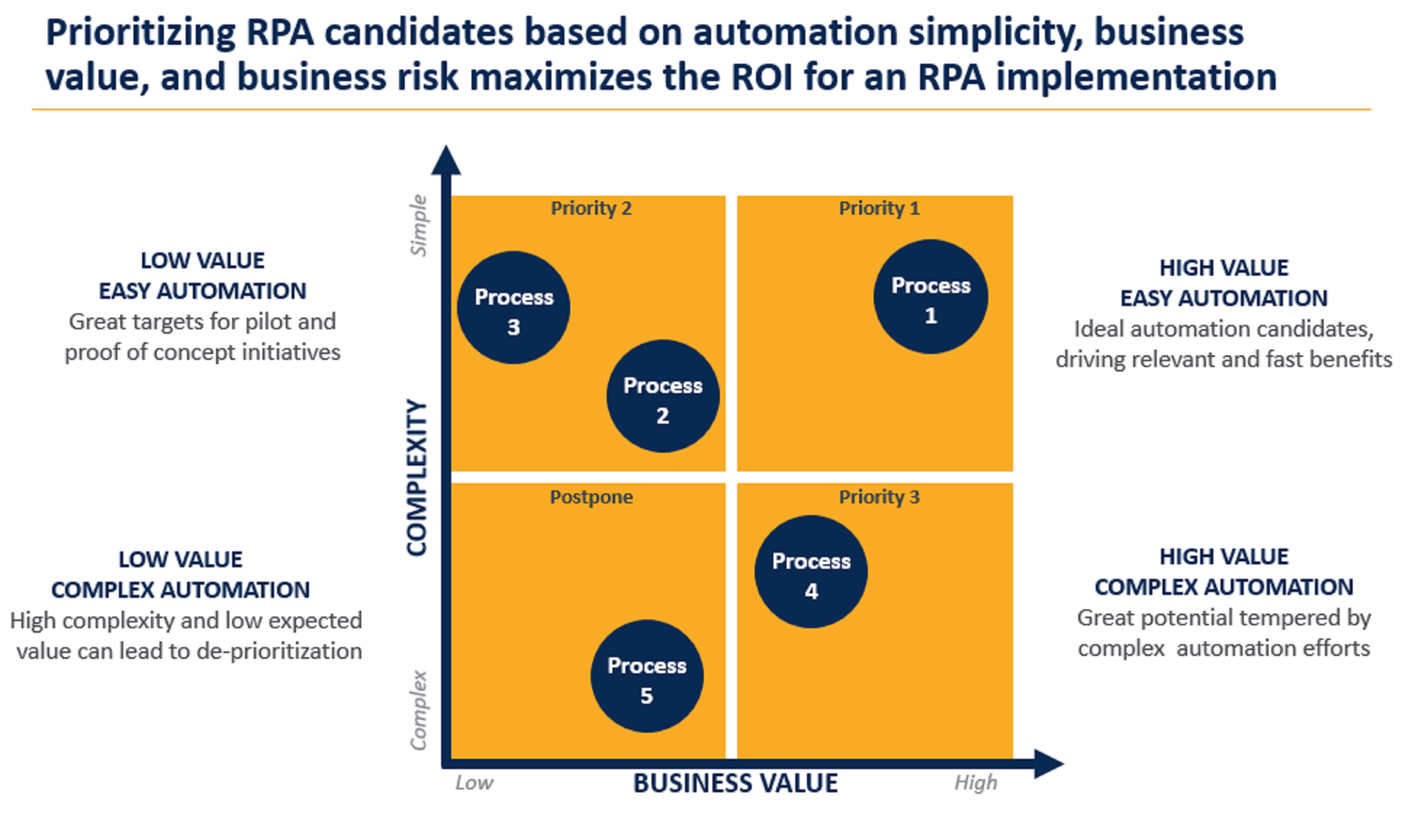
Feb. 22, 2018 | InBrief
Creating an RPA strategy for banks
Creating an RPA strategy for banks
Some of the biggest changes in how we conduct business relates to changes in technology. In fact, technology has changed more in the last two decades than in the 200 years before that. Banks have traditionally not been early adopters of change, particularly when it comes to technology and shifting to digital organizations. As banks make decisions regarding technology, they generally consider the following questions:
- Will it generate new or improve existing revenue streams?
- Will it reduce costs and optimize business processes?
- Will it improve the customer experience?
Bonus: Will it address new and changing regulatory concerns? The more “yes” responses to these questions, the more likely a bank is to implement new technology. As we consider RPA (robotics process automation) against these questions, the answer to each is a resounding ‘yes.’
Creating an RPA Strategy
Before implementing new technology like RPA, it’s important to understand RPA’s role in the context of a broader strategy. RPA is a tool, not an entire strategy. As an organization, it is crucial to consider several strategic aspects when implementing RPA solutions:
- What functions and/or departments will RPA touch? Who is impacted?
- Who will implement RPA? Who will monitor it?
- What RPA solution best meets automation needs?
- When does it make most sense to leverage RPA?
- How is RPA success measured?
Automation and RPA solutions are logical next steps for businesses to simplify and streamline their processes, leverage efficiencies, and maximize value and profits. Now that you’ve considered your “blueprint” of an RPA strategy and you’re ready to move forward, what’s next? Effective automation requires proper planning and execution, leveraging a known and repeatable process: Assess, Pilot, Scale, Integrate.
Assess
Not all processes are prime for automation, and most processes require at least some modification prior to automating. For example, many human-run processes are built around individual user preferences (the order you access screens and programs, printing documents, highlighting and jotting notes on the printed page for easier memory recall – basically anything to limit “brain drain” and minimize errors). Robotic processes, unlike their human counterparts, are able to store more data in temporary computer memory and are impartial to layouts – if it’s on the screen, the bot can locate it. A robotic process will commit the blueprints to memory and move seamlessly through the plans (in a bank, this is grabbing all information from one screen and typing it in one step).
When assessing processes, consider a four-quadrant approach that evaluates them on business value and complexity. A highly complex, low-value process may not be the place to start (like completing annual performance reviews – they will differ from person to person and are not completed often). A low complexity process with high business value, however, is a great candidate for automation (like entering new accounts into a CRM or booking a closed loan into a core financial system).
Pilot
With the processes evaluated and a starting point selected, move to the pilot phase. In this phase, begin by mapping the current state. Then, map the future state (both process and data flows) as they should exist in an automation environment (this will vary depending on the solution of choice and company goals). Start small, but think big. If the target process is handled by several teams, consider working with a single team first. This allows for testing and process hardening prior to a full-scale launch.
Scale
Now that the process has been tested and hardened, it’s ready for large-scale implementation. Roll the process out to the entire team and maximize the impact of automation.
Integrate
Rolling the process out to the organization requires more than just deploying the software. RPA software is a tool, but automation is the solution. Update documentation. Ensure consistent utilization. Achieve key-team buy-in. Promote successes. Knowing where to start when taking on a new technology like RPA can be daunting, but taking the time to clearly outline where RPA falls into your broader strategy can help ensure long-term, repeatable benefits.



